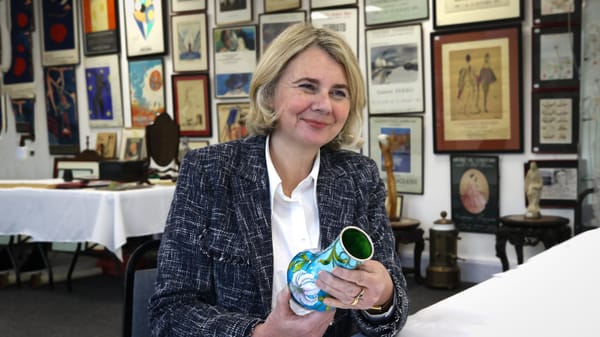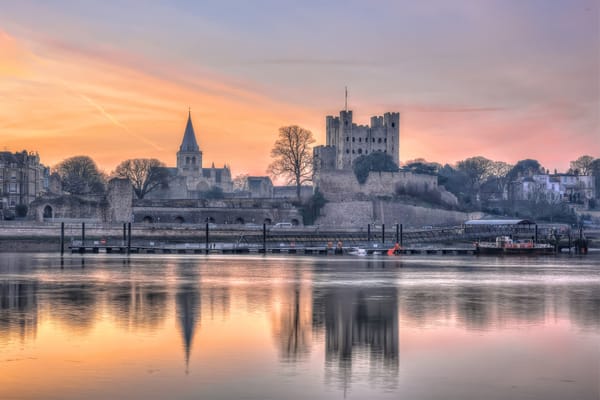Our new North Kent future
Plus Lower Thames Crossing gets go ahead, news in brief, and more
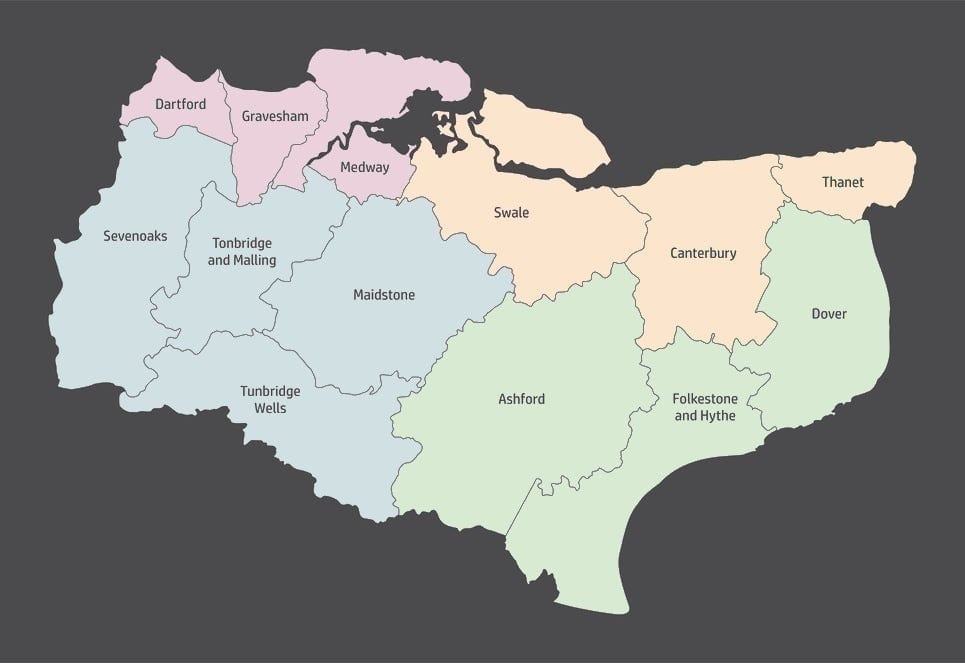
Local government reorganisation doesn’t sound sexy, but it’s coming for all of us regardless. In the next few years, Medway Council will cease to exist, alongside Kent County Council and 12 districts across the county. In their places will be larger unitary authorities, and now, for the first time, we have an idea of what that might look like. We’ve got the full details of the possibilities for Kent below, as well as news that the Lower Thames Crossing can finally begin construction, news in brief, and more.
Our new North Kent future
While devolution may be further away than initially planned, local government reorganisation lumbers onwards, with four potential proposals for the future of Kent being put forward this week.
Local councils across Kent had until last week to put forward their interim proposals for the future to the government. Building on the initial cooperation during the devolution process, Kent submitted a combined report from all 14 councils and districts in the area.
While the 14 councils and districts agreed in their support for the reorganisation concept, there is clearly some disagreement between them on exactly what shape that should take. The government wants new, larger local unitary authorities with populations of around 500,000. Given Kent has a population of around 1.9m, it’s hard to make any split work perfectly. As a result, the debate ultimately comes down to whether Kent should be broken up into three or four areas.
The interim plan doesn’t include any specific plans for what the new options would look like, but happily, five of the districts have decided to go rogue and submit their own ideas. Canterbury, Maidstone, Sevenoaks, Tonbridge & Malling, and Tunbridge Wells have worked together to build a ‘supplementary submission’, which pushes heavily for three councils as being the most efficient and financial suggestion. Helpfully, they have also proposed four different models for what the future of Kent could look like.
While there are clear differences in each potential option, things are pretty settled for Medway. In each scenario, Medway is merged with Gravesham and Dartford, with one also seeing a combination with Swale.
Option 1 has Medway, Gravesham, and Dartford combining with Swale to create a sweeping north Kent authority running from the edge of London to Faversham. This is also the only option that sees Kent split into three areas and is the preferred option for the five councils behind the supplementary submission.
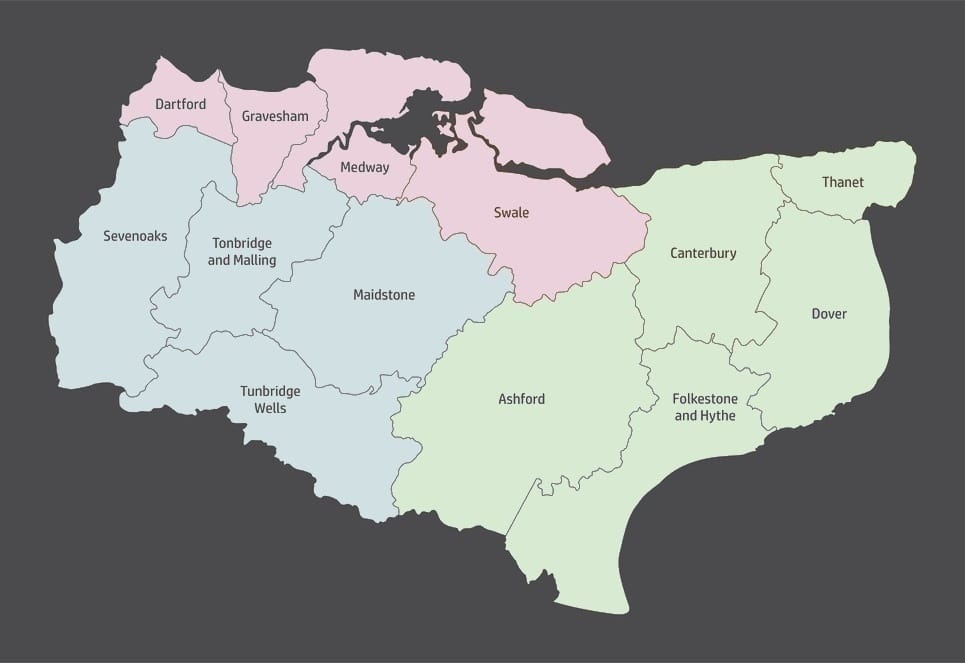
It is also, on the face of it, the most rational proposal. Each area has a clear and fairly distinct identity, with North Kent comprising urban coastal towns, West Kent consisting of the heart of Kent, and East Kent largely following the coastal areas facing the Channel. There’s also Ashford, of course, but nothing is perfect, and Ashford feels more closely aligned to areas like Canterbury and Folkestone than anywhere further west.
Option 2 sees four councils, with a North authority covering Medway, Gravesham, and Dartford, the same West authority as above, an East that includes Swale, Canterbury, and Thanet, and a new South that includes Ashford, Folkestone & Hythe, and Dover.

This doesn’t feel particularly intuitive, but strap in because they will only get more silly from here.
Option 3 features the same North and West arrangements as Option 2 but groups Canterbury, Thanet, and Dover to form an East authority, as well as Swale, Ashford, and Folkestone & Hythe, forming a new Mid authority, which feels like something of a Freudian slip. The idea that Folkestone and Dover should be in differing authorities while Sheerness and Tenterden are in the same one is so utterly bizarre that it’s remarkable anyone even bothered with this as an idea.
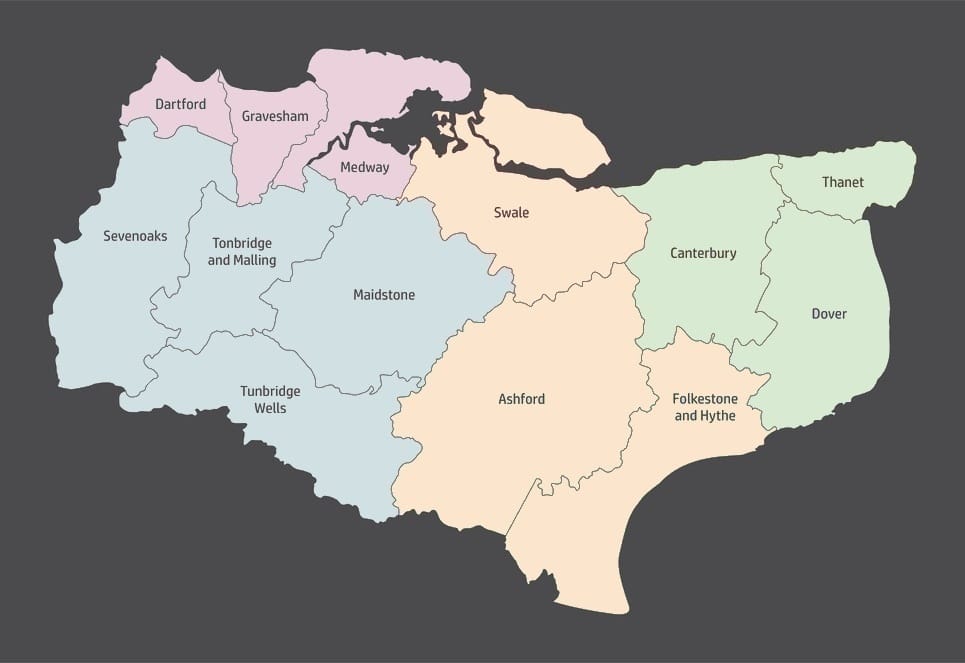
Finally, there’s Option 4, which sees the same North arrangement but chops Maidstone from the West group to combine it with Swale and Ashford in the Mid authority, leaving the remaining coastal authorities to become the East authority. The North, West, and East groups here don’t seem unreasonable, but the Mid authority feels shoehorned together with the leftover areas.
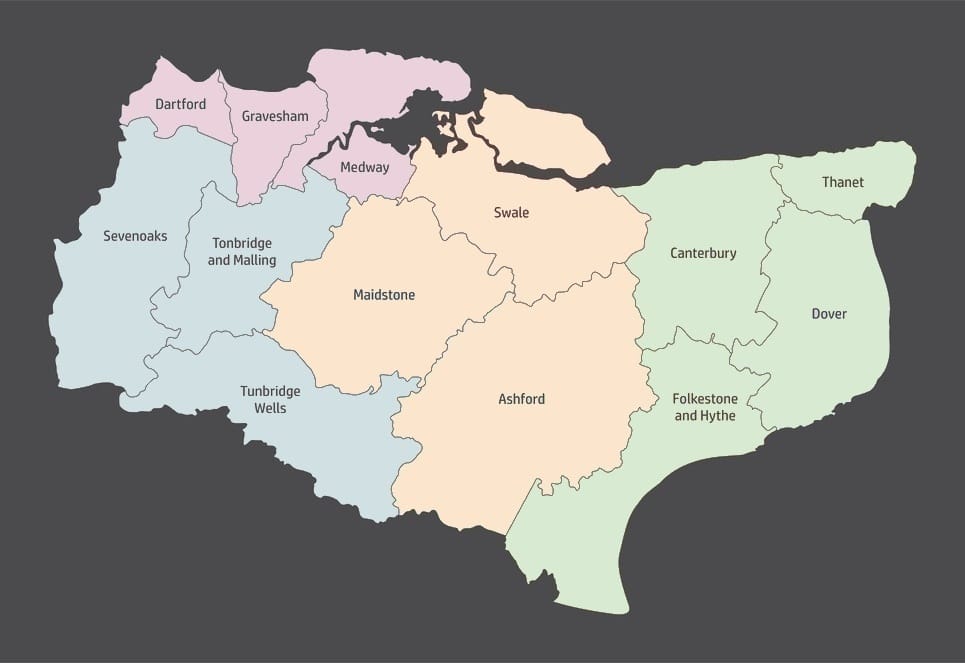
As the report sets out though, none of the four authority versions would meet the government’s criteria for areas having populations of around 500,000. Only the North authority would squeak over this line consistently, leaving many others lacking the required numbers.
From these proposals, the three authority Option 1 seems to be the only rational answer, providing consistent, clearly defined areas with a population that allows them to work at scale. It seems unlikely that much agreement will be found in the near future though, as it has become clear the Conservatives favour the three authority model, while Labour support four, including Medway Leader Vince Maple.
There are good reasons for supporting four. The larger each authority becomes, the further away ‘local’ representation potentially is. At the moment, Medway has one councillor for roughly every 4,600 residents. Under the four authority model, this could move to one for roughly every 5,100, not a grand difference from now. However, under the three authority model, it could be as much as one councillor for every 6,600 residents, even with the most generous number of councillors (100 per authority), which is by no means guaranteed.
Vince Maple has also written to Jim McMahon, Minister for Local Government & Devolution, to confirm that Medway supports four authorities, citing that this will help keep democracy truly local. He also raises the intriguing prospect that existing boundaries may not be followed in future reorganisation. Could the border of Medway be rationalised to be less ridiculous than it is now? Probably not, but there’s at least a slither of hope.
Now the interim proposals are in, the real work needs to begin. Local councils across Kent have until November to draw up final plans on what they think local government reorganisation across the region should look like and submit them to the government. Will 14 councils and districts be able to find common ground by then? We’re going to find out soon enough.
Lower Thames Crossing gets go ahead
After 16 years of preparation, the government finally approved the construction of the Lower Thames Crossing today, meaning we might be able to reach Essex without spending an hour queuing at Dartford in a decade or so.
When built, the £9bn route will consist of the longest road tunnels in the UK, with the full route connecting the A2 just went of Medway to the M25 somewhere around Upminster. This will remove the need for cross-channel traffic heading into Kent from the north to use the Dartford Crossing, opening up more capacity on one of the most congested routes in the country.
Inevitably, this will have a knock-on effect on traffic around Medway, with Bluebell Hill especially likely to come under more strain as a result of more traffic needing to move between the M2 and the M20. Kent County Council recently consulted on upgrading the route, intending to complete the works by 2031.
Theoretically, the Lower Thames Crossing should be completed by 2032. The press release from National Highways today was bullish on the timeline, suggesting construction could begin next year, with the government currently exploring private finance options for the project. We’ll leave you to decide how believable that timeline might be.
In brief
🏊 KentOnline and BBC Southeast have both written about swimming instructors in Medway being made redundant. We first broke the story back in November and December, but they got there in the end.
🏥 Medway NHS Foundation Trust will get a new part-time Chief Executive next week, with Jonathan Wade set to take on the role for six months. He will split his duties with his existing role as Chief Executive of Dartford and Gravesham NHS Trust.
⚽ Gillingham Football Club are set to appoint a new manager, who will be their third one this year. Shrewsbury Town manager Gareth Ainsworth will take up the role, replacing John Coleman, who only took on the job in January.
Book now for Medway Question Time
Our first Medway Question Time event of the year is coming up in a few weeks, and you’ve already sent us some excellent questions for our panel to answer. We’re still looking for more, so please book your free ticket and submit a question on Medway's current issues.
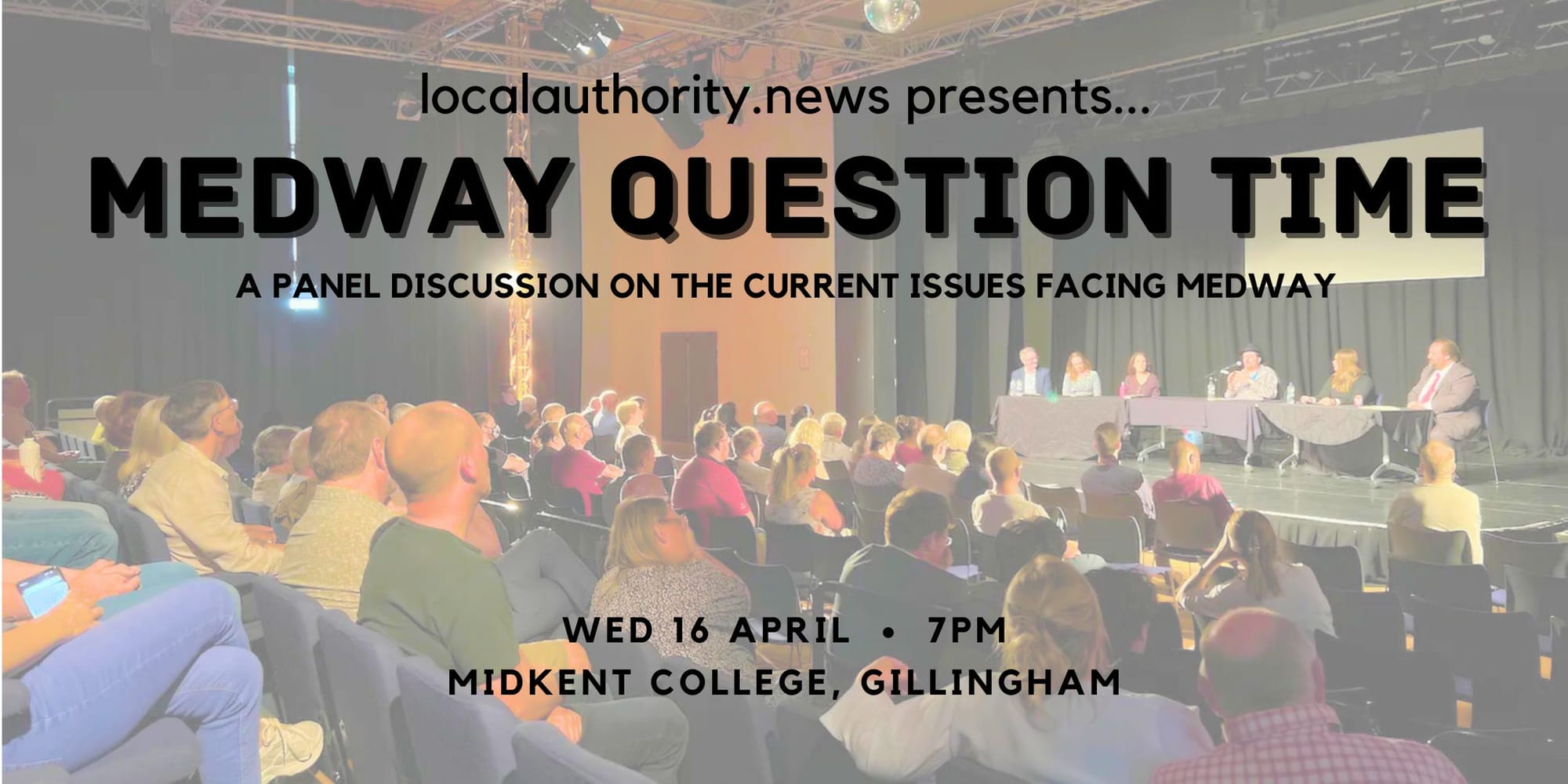
Our panel for this event features:
- Cllr Vince Maple, Labour Leader of Medway Council
- Cllr George Perfect, Conservative Leader of the Opposition
- Dalia Halpern, Chair of Trustees at Chatham Memorial Synagogue
- Richard Morsley, Chief Executive of Chatham Historic Dockyard
As always, tickets are free, but booking is essential.
More Authority
For our weekend interview, we sat down with Tracy Bullock, Chair of Medway Rugby Club. We discuss how she came into the role, how Medway rugby can lead to playing rugby nationally and if she is any good at rugby herself.
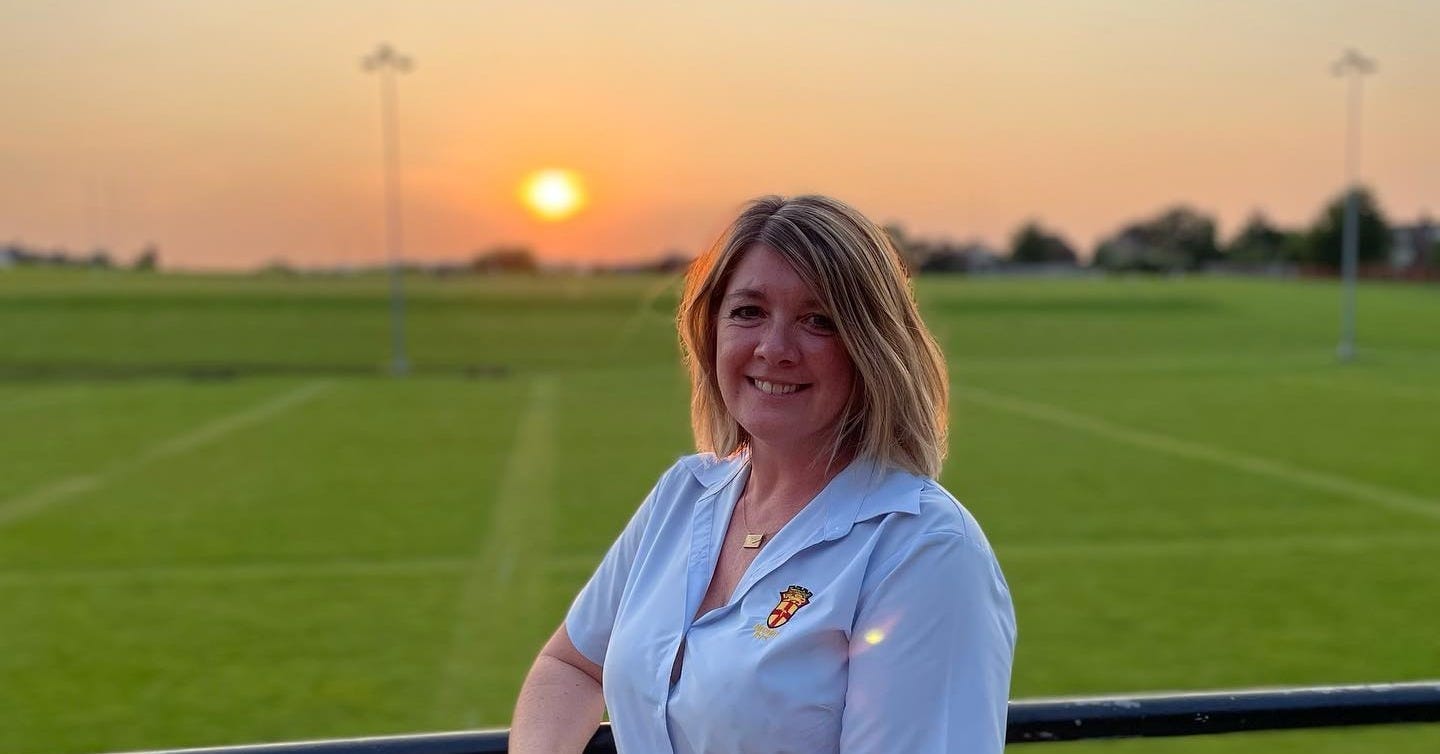
We’re thrilled to be launching our second title next week! The Kent Current will be similar to what we do here at Local Authority, but casting our eye across wider Kent. We can’t wait to get started, so please subscribe below to ensure you don’t miss the first edition.
Kent CurrentIndependent news for Kent, covering news, politics, culture, and more.
Footnotes
Follow us on social media! We’re on Facebook, Instagram, BlueSky, and Threads, but not that other one.
If you enjoy Local Authority, please share it with your friends, family, associates, and even your enemies. We have no meaningful marketing budget, so we rely on word of mouth from our readers to find new readers. You can even get some sweet rewards for sending new readers our way. Details here.
Music that soundtracked the creation of this edition: Am by Ovlov, The Boy With the Arab Strap by Belle and Sebastian, and Dissatisfactions by Onsind.





